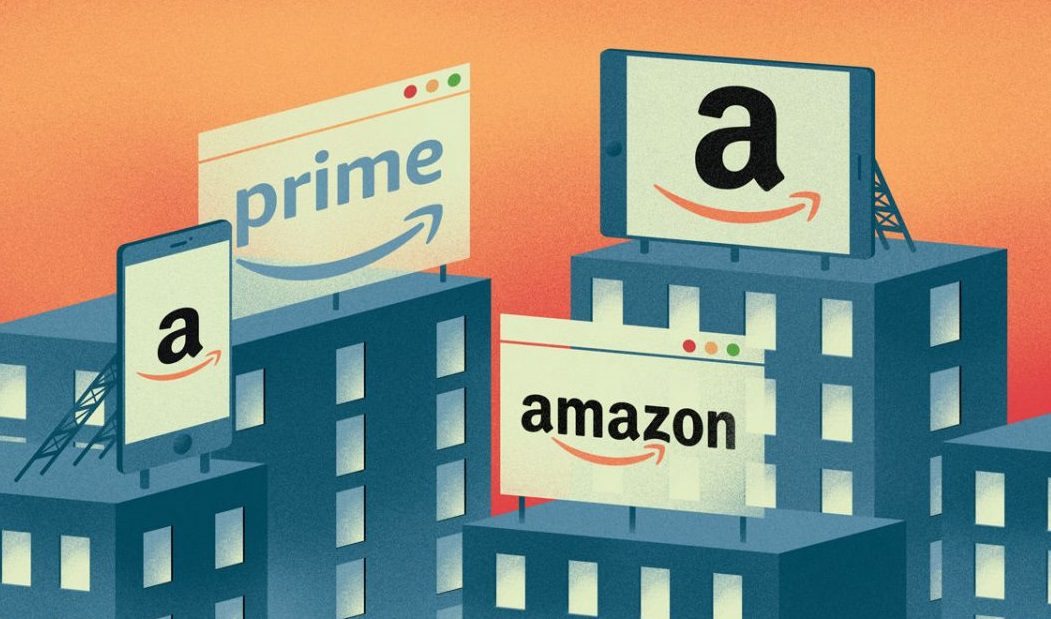Mastering Utthita Padangusthasana: A Guide to Proper Alignment, Common Mistakes, and Modifications

Yoga is an ancient practice that helps in achieving physical, mental, and emotional balance. One of the most commonly practiced standing yoga poses is Utthita Padangusthasana, also known as Extended Hand-To-Big-Toe Pose. This pose requires focus, strength, and balance, and is a great way to improve overall body awareness.
I. Explanation of Utthita Padangusthasana
Utthita Padangusthasana is a standing yoga posture that involves balancing on one foot while extending the other leg out in front of the body. The extended leg is held by the hand, which is stretched out in front of the body. This pose helps in improving balance, stability, and flexibility.
A. Benefits of practicing Utthita Padangusthasana
Practicing Utthita Padangusthasana regularly can offer a multitude of benefits, including:
- Improved balance and coordination
- Increased flexibility in the legs and hips
- Strengthening of the ankles, legs, and core muscles
- Improved digestion and circulation
- Reduction of stress and anxiety
B. Importance of proper alignment
Proper alignment is crucial in any yoga practice to prevent injury and maximize the benefits of the pose. In Utthita Padangusthasana, proper alignment helps in maintaining balance and stability, and can also help in achieving a deeper stretch in the legs and hips.
It’s important to keep the following points in mind while practicing Utthita Padangusthasana:
- Keep the standing foot firmly rooted on the ground with toes spread wide and engaged.
- Engage the core muscles to maintain stability and avoid arching the lower back.
- Extend the spine upwards and avoid rounding the back.
- And keep the hips squared toward the front of the mat.
- Relax the shoulders away from the ears and keep the neck and head in a neutral position.
By focusing on proper alignment, you can ensure that you are performing the pose safely and effectively.
II. Steps to perform Utthita Padangusthasana
To perform Utthita Padangusthasana, follow these steps:
A. Starting position
- Begin by standing at the top of your mat with feet hip-width apart.
- And shift your weight onto your left foot and lift your right foot off the ground.
- Bring your right knee towards your chest and hold the outer edge of your right foot with your right hand.
B. Lifting the leg
- On an exhale, extend your right leg forward, keeping it straight and parallel to the ground.
- Keep your left hand on your hip or out to the side to help maintain balance.
C. Extending the leg
- Extend your right leg as far as you comfortably can while keeping your left leg straight and strong.
- Flex your right foot and engage your thigh muscles to create stability and support.
D. Holding the pose
- Hold the pose for several breaths, focusing on maintaining balance and proper alignment.
- If you feel stable, you can experiment with releasing your right hand from your foot and extending it out to the side.
E. Releasing the pose
- To release the pose, gently lower your right foot to the ground and return to a standing position with both feet planted firmly on the mat.
- Repeat on the other side.
III. Common mistakes to avoid
While practicing Utthita Padangusthasana, it’s important to be mindful of common mistakes that can lead to injury or improper alignment. And here are a few to watch out for:
A. Incorrect foot placement
- Make sure that your standing foot is firmly planted on the ground, with toes spread wide and engaged.
- Avoid placing your foot too close to the midline of your body, which can cause instability.
B. Rounded back
- Keep your spine straight and extended throughout the pose.
- Avoid rounding your shoulders or collapsing your chest.
C. Locked knees
- Keep a slight bend in your standing knee to avoid hyperextension.
- This will help you maintain stability and avoid strain on the joint.
D. Straining the neck
- Keep your head and neck in a neutral position, looking straight ahead.
- Avoid tilting your head upwards or downwards, which can strain the neck.
By avoiding these common mistakes, you can practice Utthita Padangusthasana safely and effectively.
And if you are a fitness freak and want to learn more about yoga poses, you should learn at 300 hour yoga teacher training in Rishikesh.
IV. Modifications and variations
There are several modifications and variations of Utthita Padangusthasana that can help make the pose more accessible or challenging, depending on your level of experience. And here are a few to try:
A. Using a strap
- If you’re having trouble reaching your foot, you can use a strap to extend your reach.
- Wrap the strap around the ball of your foot and hold onto the ends to help you maintain the pose.
B. Using a wall
- If you’re having trouble balancing, you can use a wall for support.
- Place your standing foot against the wall and use it to help maintain stability while you extend your other leg.
C. Half Utthita Padangusthasana
- If you’re not quite ready for the full pose, you can practice Half Utthita Padangusthasana.
- Instead of extending your leg out in front of you, keep your knee bent and hold onto your foot with both hands.
D. Revolved Utthita Padangusthasana
- For a deeper twist and stretch, try Revolved Utthita Padangusthasana.
- From the full pose, bring your extended leg across your body and hook your foot behind your opposite elbow.
V. Precautions and contraindications
While Utthita Padangusthasana can offer many benefits, it’s important to be aware of any precautions and contraindications. And here are a few to keep in mind:
A. Injuries
- If you have any injuries to your hips, knees, or ankles, it’s best to avoid this pose or practice under the guidance of a qualified yoga teacher.
B. Balance issues
- If you have issues with balance or vertigo, it’s best to avoid this pose or practice near a wall or with the support of a chair.
C. Pregnancy
- If you’re pregnant, it’s best to avoid this pose after the first trimester or practice with the support of a wall or chair.
- Always consult with your doctor before practicing any yoga poses during pregnancy.
VI. Conclusion
Utthita Padangusthasana can offer many benefits, from improving balance and stability to strengthening the legs and hips. By practicing with proper alignment and being mindful of common mistakes and modifications, you can safely and effectively incorporate this pose into your yoga practice. Remember to listen to your body and only practice within your own limits, taking breaks or modifications as needed.
In conclusion, Utthita Padangusthasana is a powerful yoga pose that can help you build strength, flexibility, and balance in both body and mind. Whether you’re a seasoned yoga practitioner or just starting out, incorporating this pose into your practice can offer many benefits. By following the steps outlined in this article and being mindful of common mistakes and modifications, you can safely and effectively practice Utthita Padangusthasana. Remember to always listen to your body and only practice within your own limits, taking breaks or modifications as needed. With regular practice, you can cultivate a sense of calm, focus, and stability both on and off the mat.
We hope this article has been helpful in guiding you through the steps of practicing Utthita Padangusthasana. Remember, yoga is a personal journey and it’s important to approach each pose with patience, mindfulness, and self-compassion.




